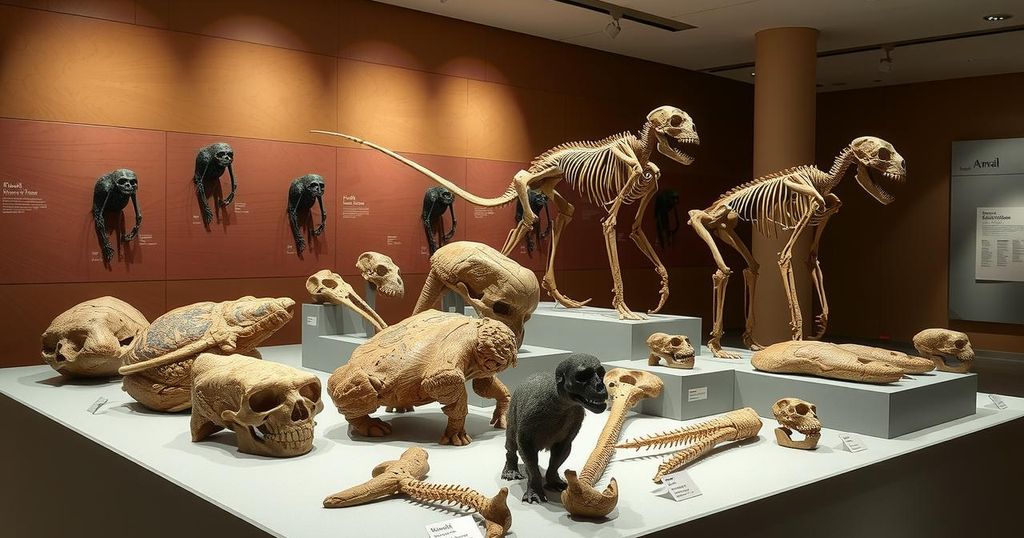Guiding AI’s Impact on Higher Education: Four Strategic Objectives
This article outlines four key objectives to guide the integration of artificial intelligence in higher education, emphasizing the need for strategic preparation, educational enhancement, targeted problem-solving, and proactive risk management. It advocates for a pioneering and partnering attitude among institutions, underscoring collaboration as essential for success in an AI-driven landscape.
In the evolving landscape of higher education, artificial intelligence (AI) presents both challenges and opportunities for leaders. The critical question guiding this discourse is how to proactively navigate AI’s role and maximize its benefits for students and institutions alike. Four strategic objectives provide a framework for effectively integrating AI into higher education.
Objective 1: Prepare students for the job market by embedding AI training into the curriculum, emphasizing the importance of human skills alongside technological knowledge.
Objective 2: Utilize AI to enhance educational effectiveness, thereby elevating the overall value of learning experiences for lifelong engagement.
Objective 3: Leverage AI to resolve specific pedagogical and administrative hurdles, aiming to improve learning outcomes and streamline operations like recruitment and facility management.
Objective 4: Actively tackle AI’s pitfalls by establishing systems to anticipate and address emerging challenges, ensuring responsible use in educational settings.
In addition to these core objectives, institutions should foster growth by promoting collaboration and partnerships within the educational ecosystem, adopting a pioneering spirit towards AI as both an asset and a challenge. This approach not only mitigates risks but maximizes opportunities for innovation.
Higher education must embrace both a pioneering and partnering attitude towards AI to carve a robust path forward. Through strategic collaborations and shared wisdom, universities can collectively thrive in this rapidly changing environment and position themselves for enduring success.
Artificial intelligence’s rapid development is prompting a reevaluation of its integration into higher education. Leaders are challenged to adapt their institutions to leverage AI’s capabilities while addressing its potential downsides. This shift requires a comprehensive strategy that encompasses curriculum adjustments, educational efficacy, and institutional collaboration. With a focus on preparing students for future careers while enhancing overall academic value, higher education can transform its approach to AI-driven solutions.
In summary, as institutions contend with the dual challenges and opportunities presented by AI, adopting proactive strategies becomes essential. By focusing on key objectives related to curriculum development, educational enhancement, administrative efficiency, and anticipating challenges, universities can ensure they remain at the forefront of educational excellence. Moreover, fostering a collaborative spirit will enable institutions to maximize the benefits of AI while navigating its complexities for a stronger academic future.
Original Source: www.timeshighereducation.com




Post Comment